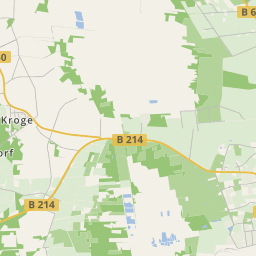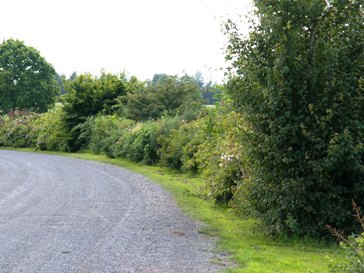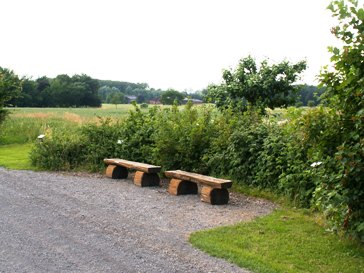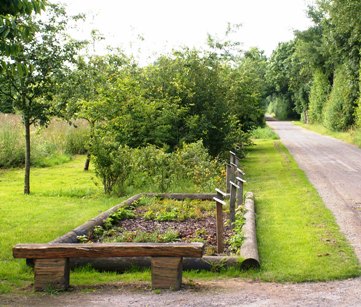












There a plenty of tree nature trails in forests and general nature trail around. A trail, which explains native berries and fruit bushes is unique in the rural district Diepholz. In Twistringen, at the Abbenhäuser Weg, such beery trail has been developed by voluntary helpers in spring 2004. You'll see everything from Aronia berry to Virginia berry, all in all 85 different plants, which bear typical berries and fruits. The trail is located directly next to the long-distance cycling path Bremen-Osnabrück. There are not only local trees and bushes but also those, which came from different countries centuries ago and are now popular and loved in our gardens.

Bushes and hedges are part of the cultural landscape since people became sedentary and secured his food with berries and fruits. Wild animals and plants in large numbers find in shrubs and field hedges an ideal habitat. Today knowledge of species, which have accompanied mankind in their cultural development falls more and more into oblivaion. These names aspects were the reason for the Heimat- und Bürgerverein Twistringen local and citizens association) and the Agendagruppe Stadtentwicklung und Landschaftspflege (agenda group city development and rural conservation) to realise this nature trail. The idea to setup a trail about native berry shrubs stems from Ansgar Rasche, who contacted the local Heimat and Bürgerverein with his recommendations. In cooperation with the Agenda Group the ideas were implemented at the green table.

Even though the berry trail was setup in 2004 only it has been become popular with hikers, cyclist and strollers. Several benches are ideal for a little rest and information boards in front of the individual plants give interesting information. In addition a large information tablet has been erected to describe the intent and purpose of the nature trail to visitors.
In spring 2005 a ca 160m long wild rose path has been added to the berry trail. On a two metres wide strip voluntary helpers planted 12 different wild rose species, whose diversity ranges from rosa villosa over rosa multibracteata to rosa rubiginosa. To define the variant species 13 different native shrubs were planted in addition. The wild rose path also has signboards to give information about the plants.